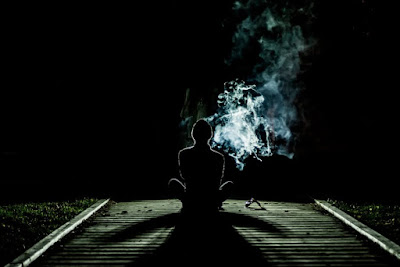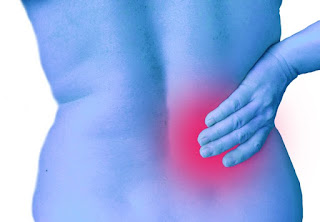According to the research presented in the annual meeting of American Association of Orthopedic Surgeons, smoking history, hypertension and coronary artery disease were significantly associated with the development of lower back pain. Along with the high blood cholesterol levels, these causes, which are also risk factors of atherosclerosis or occlusion of the arteries, can be significantly associated with the development of lumbar spondylosis which leads to back pain. These findings support the theory that the mechanism of injury in low back pain is due to the damage to the vascular structures of the discs and joints.
Aside from damaging your vascular structures, smoking can also interfere with your brain processes which contributes to your back pain. A study led by the Feinberg School of Medicine at Northwestern suggests that smoking interferes with a brain circuit associated with pain which makes smokers more prone to chronic back pain. In this study, the researchers examined the nucleus accumbens and the medial prefontal cortex, which corresponds to addictive behavior and motivated learning. The connection between these two brain regions are crucial in chronic pain development – that the stronger the connection between them, the less resilient an individual is to chronic pain. They found out that compared to nonsmoking participants, smokers had a stronger connection between the nucleus accumbens and the medial prefontal cortex. This increases the risk of the smokers three times more to develop chronic back pain than nonsmokers.
Several studies also showed that nicotine from cigarettes could affect the way the brain sends pain signals. The nicotine may also damage tissue in the lower back and elsewhere in the body by slowing down circulation and thus reducing the flow of nutrients to joints and muscles. It also disrupts the development of bone and tissue growth. In result, smoking also seemed to make people more vulnerable to pain in the neck, shoulders, elbows, hands, hips and knees.
The data may not pinpoint exactly the root cause, but the connection is quite clear – smokers who experience back pain should quit the bad habit as early as possible. Quitting smoking is a very critical step to the rehabilitation from low back pain. In addition, other treatments such as ice/hot therapy, strengthening your core, increasing your cardiovascular exercise, and taking pain relief medicines can temporarily relieve your back pain. For a long term treatment, chiropractors can help you reduce your back pain through spinal manipulation and adjustments. If you’re a smoker and have a chronic back pain, consulting a chiropractor can definitely help you find the right treatment plan for you.
So next time you go to light one up, remember, smoking is literally a pain in your neck, and in your back.


